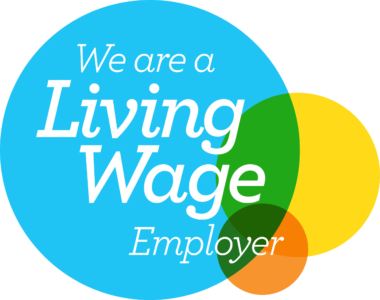The Building Safety Act received Royal Assent in April, and the first of its provisions came into force on 28 June.
The Act
The Act is a major piece of legislation and deals entirely with building safety. Many of the provisions address the future management of blocks of flats and new statutory controls on who can develop them, together with powers of the new building safety regulator, to control how developments are checked and approved. Its overall aim is to reduce both the number of deaths and the number of severe injuries that arise from building safety issues, but it also sets up new warranty requirements, and gives the regulator the power to block people from developing.
The first provisions to come into force, however, are not to do with future development but the recovery of losses caused by both building and product defects. It is widely known that the limitation period for making claims is six years (or 12 if claiming for breach of an agreement executed as a deed); the concept of limitation periods first arose in 1632 and the six year/12 year position was established on a statutory footing in the 1930s. The new Act extends these periods significantly: for claims arising before 28 June 2022, the limitation period is now 30 years – back to 1992; and for claims arising after 28 June 2022 the period is 15 years. It is testament to the seriousness of the problem that such a change has been made.
So how can you tell if you are liable?
Part 5 of the Act is essentially a checklist, and the definitions are where liability will be decided. This is not the full detail, but in general terms the position is as follows: if it’s a relevant building, which is subject to a qualifying lease, with relevant defects which arose during the relevant period, then there may be liability on the part of the landlord, developer or associated individual.
A ‘relevant building’ is, with some exclusions, a self-contained building, or part of a building, in England, that contains at least two dwellings and is at least 11 metres high, or has at least five storeys ‘Self-contained’ means being structurally detached.
A ’qualifying lease’ is a long lease of a single dwelling, where the tenant is liable to pay a service charge, granted before 14 February 2022, and which on 14 February 2022 was their principal home.
A ‘relevant defect’ arose as a result of anything done or used (or not), in relevant works that caused a building safety risk. ‘Relevant works’ means the construction or conversion of the building. ‘Building safety risk’ means a risk to the safety of people arising from fire and/or the collapse of the building. ‘Conversion’ means conversion (wholly or partly) into residential use by a landlord, a developer, or a person associated with them. This brings contractors, designers and potentially the entire supply chain into the firing line.
As well as liability for defects, the Act has provisions to deal with construction products. The limitation period for those is also 30 /15 years. A person who fails to comply with a construction product requirement, who markets or supplies a construction product and makes a misleading statement in relation to it, or who manufactures a construction product that is inherently defective will, when the works are complete and found to be unfit for habitation, be liable to pay damages for personal injury, damage to property or economic loss to affected tenants.
There is a specific, identical, provision for cladding products at section 149.
We have, already seen claims being brought against developers, contractors, and designers that were previously time-barred. This massive change in the limitation period is likely to open the floodgates for more..
The content of this article is for general information only. It is not, and should not be taken as, legal advice. If you require any further information in relation to this article please contact the author in the first instance. Law covered as at October 2022.







